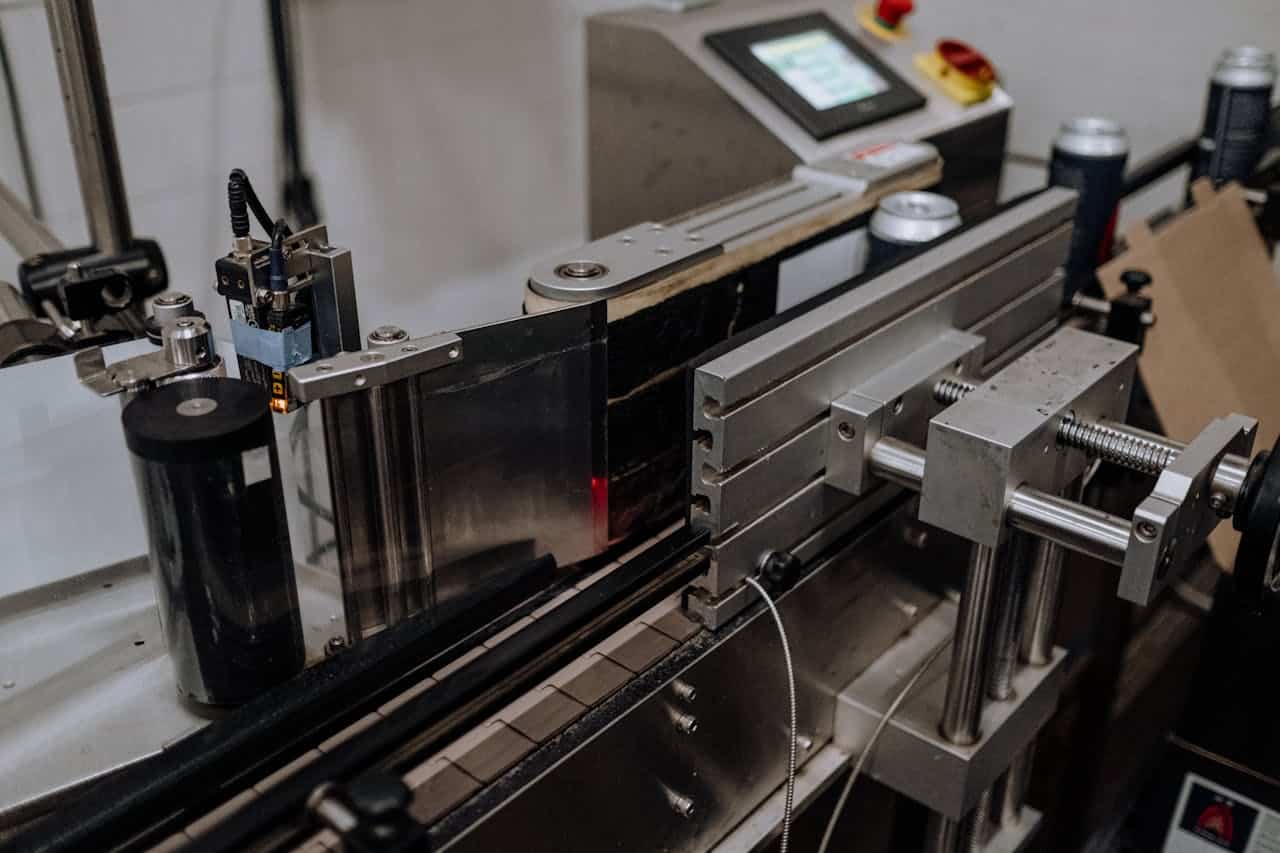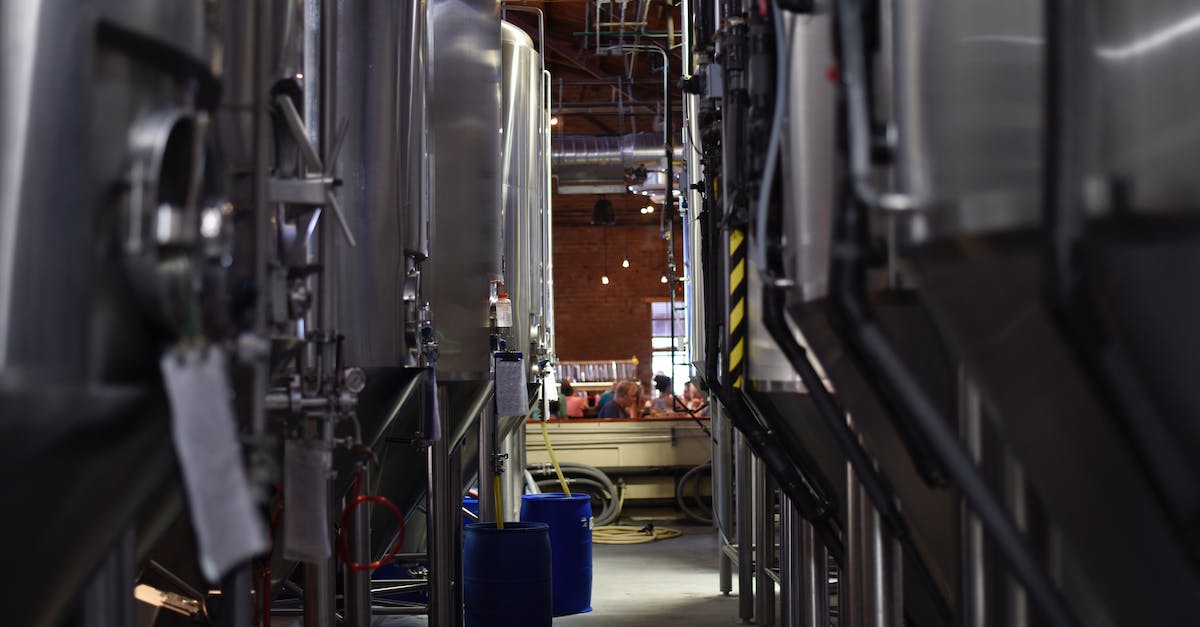Polish Agriculture and Industry: A Close Look at the Geography Class 7 Exam
Polish Agriculture: A Key Contributor to the National Economy
Polish agriculture plays a crucial role in the country’s economy, providing not only food but also raw materials for various industries. With its fertile soil, favorable climate, and diverse agricultural practices, Poland has a long-standing history of agricultural production and innovation. In this article, we will dive deep into the topic of Polish agriculture and explore its significance in the national context.
The Importance of Agriculture in Poland
Agriculture is one of the major pillars of the Polish economy, contributing significantly to its GDP and providing employment opportunities for millions of people. It is estimated that around 19% of the total land area in Poland is used for agricultural purposes, making it one of the most agriculturally rich countries in Europe.
Polish agriculture encompasses a wide range of activities, including crop cultivation, animal husbandry, forestry, and fishing. The country is known for its diverse agricultural production, with major crops including cereals, potatoes, sugar beets, and oilseeds. Additionally, Poland is a significant producer of fruits, vegetables, and dairy products.
Challenges and Opportunities in Polish Agriculture
While Polish agriculture has experienced steady growth and modernization in recent years, it still faces various challenges. One of the key issues is the fragmentation of agricultural land, as many small and medium-sized farms dominate the sector. This fragmentation often leads to inefficiencies and difficulties in implementing modern agricultural practices.
However, there are also numerous opportunities for the development of Polish agriculture. The EU’s Common Agricultural Policy (CAP) provides financial support and incentives for farmers to adopt sustainable and innovative practices. Moreover, there is a growing focus on organic farming and the promotion of local food products, which opens up new markets and revenue streams for Polish farmers.
Polish Industry: Driving Economic Growth
In addition to agriculture, the industrial sector plays a crucial role in the Polish economy. Over the years, Poland has undergone a significant transformation, transitioning from a primarily agricultural society to one that is heavily industrialized. The industrial sector contributes around 30% of the country’s GDP and provides employment for millions of people.
Poland’s industrial landscape is diverse and encompasses various sectors, including manufacturing, mining, energy, and construction. The country’s manufacturing industry is particularly prominent, with major sectors including automotive, machinery, chemicals, and electronics. Polish-made products are known for their quality and competitiveness in both domestic and international markets.
Challenges and Opportunities in Polish Industry
While Poland’s industrial sector has experienced considerable growth, it also faces challenges. One of the key issues is the need to modernize and upgrade the existing infrastructure and technology. Investments in research and development are crucial to enhance innovation and maintain competitiveness in the global market.
However, there are numerous opportunities for the further development of Polish industry. The country’s strategic location in the heart of Europe, combined with its skilled workforce, makes Poland an attractive destination for foreign investment. The government’s initiatives to promote entrepreneurship and innovation also contribute to the growth potential of the industrial sector.
Conclusion
Polish agriculture and industry are crucial components of the country’s economy, driving economic growth and providing employment opportunities. While both sectors face challenges, they also present numerous opportunities for further development and modernization. With the right policies and investments, Poland can continue to strengthen its position as a key player in the European agricultural and industrial landscape.
Pytania i odpowiedzi
Jakie są najważniejsze sektory przemysłu w Polsce?
– Najważniejszymi sektorami przemysłu w Polsce są: przemysł spożywczy, motoryzacyjny, chemiczny, metalurgiczny, maszynowy i elektromaszynowy.
Jakie są główne produkty rolnicze uprawiane w Polsce?
– Główne produkty rolnicze uprawiane w Polsce to zboża (np. pszenica, żyto, jęczmień), rośliny przemysłowe (np. rzepak, buraki cukrowe), warzywa i owoce.
Gdzie znajdują się główne obszary rolnicze w Polsce?
– Główne obszary rolnicze w Polsce znajdują się wzdłuż dolin Wisły i Odry, na Pomorzu Zachodnim oraz w Małopolsce i Podkarpaciu.
Jakie są najważniejsze polskie produkty eksportowe z sektora rolnego i przemysłowego?
– Najważniejszymi polskimi produktami eksportowymi z sektora rolnego są jabłka, truskawki, mięso drobiowe, mleko i produkty mleczne. Z sektora przemysłowego, główne produkty eksportowe to samochody, urządzenia elektroniczne, maszyny, meble i produkty chemiczne.
Jakie czynniki geograficzne wpływają na rozwój rolnictwa w Polsce?
– Czynniki geograficzne, które wpływają na rozwój rolnictwa w Polsce to żyzne gleby na Nizinie Środkowoeuropejskiej, dostęp do wody (rzeki, jeziora), korzystne warunki klimatyczne oraz dostęp do rynków zbytu przez położenie nad Morzem Bałtyckim i bliskość innych krajów europejskich.
Jakie są najważniejsze problemy dotyczące polskiego rolnictwa?
– Najważniejsze problemy dotyczące polskiego rolnictwa to niska opłacalność produkcji, ubóstwo wsi, duża liczba małych gospodarstw rolnych, brak innowacyjności i nowoczesnych technologii, a także konkurencja ze strony tanich importowanych produktów rolnych.
Jakie są główne gałęzie przemysłu w Polsce?
– Główne gałęzie przemysłu w Polsce to przemysł spożywczy, motoryzacyjny, chemiczny, metalurgiczny, maszynowy i elektromaszynowy, elektroniczny, tekstylny, drzewny, budowlany i hutniczy.
Jakie korzyści gospodarcze przynosi rozwój przemysłu w Polsce?
– Rozwój przemysłu w Polsce przynosi korzyści gospodarcze, takie jak wzrost produkcji i zatrudnienia, zwiększenie eksportu, przyciąganie inwestycji zagranicznych, rozwój nowoczesnych technologii, wzrost PKB oraz rozwój innych sektorów gospodarki.
Jakie są czynniki wpływające na lokalizację przemysłu w Polsce?
– Czynniki wpływające na lokalizację przemysłu w Polsce to dostępność surowców i energii, infrastruktura komunikacyjna, dostęp do rynków zbytu, wysokość kosztów pracy, otoczenie prawne i podatkowe, a także bliskość uczelni i ośrodków badawczych.
Jakie są najważniejsze obszary przemysłowe w Polsce?
– Najważniejsze obszary przemysłowe w Polsce to Górnośląski Okręg Przemysłowy (GOP), Dolnośląsko-Łódzki Okręg Przemysłowy (DŁOP) i Pomorski Okręg Przemysłowy (POP).












































